Reflection, refraction and absorption of light flux
The light flux entering the eyes as a result of visual activity is partly created by primary light sources and to a greater extent by surfaces illuminated by them, which become secondary light sources. In both cases, there is a redistribution of the light flux generated by the primary light sources through reflection, refraction and absorption, the surfaces to which this flux is directed.
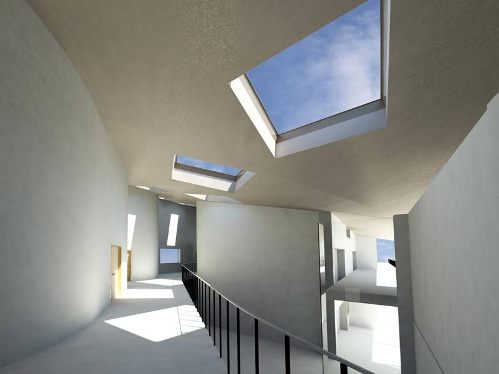
Light reflection — This is the return of a light wave when it falls on the interface between two media with different indices of refraction "back" into the first media.
Refraction of light — a phenomenon consisting in a change in the direction of propagation of a light wave when passing from one medium to another, which differs in the index of light refraction.
Light absorption is a reduction in the intensity of light passing through a medium due to its interaction with the particles of the medium. It is accompanied by heating of a substance, ionization or excitation of atoms or molecules, photochemical processes, etc.Energy absorbed by matter can be fully or partially re-emitted by matter at a different frequency.
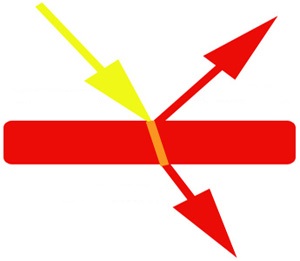
The redistribution of the light flux can be dictated by the need to control the light flux in certain areas of space (to illuminate objects that need to be distinguished) or by the need to reduce the brightness of the field of view — in the case of lighting devices — or occurs due to the optical properties of illuminated surfaces.
Light flux F, a ray incident on the surface of any physical object (incident light flux) is divided into two or three components:
- one part always returns as a reflection, forming a reflecting flux Φρ;
-
one part is always absorbed (absorbed flux Fαleading to an increase in body temperature;
-
in some cases, part of the light flux is returned by refraction (refractive flux Фτ).
Let's introduce the concept of reflection coefficient p, absorption coefficient α and refractive index t:
ρ = Φρ/ F,
ρ = Τα/ F,
ρ = Фτ/ F,
There is an equality between the corresponding coefficients characterizing the optical properties of illuminated surfaces:
ρ + α + τ = 1
Refraction of light is accompanied by the phenomenon of reflection. What kind of reflection and refraction of the light flux takes place depends on the characteristics of the surface or body and to a large extent on the structure (treatment) of the surface or body.
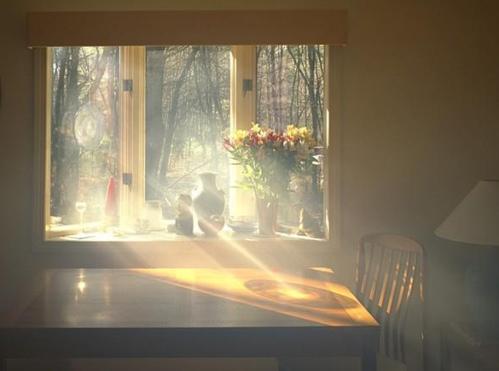
Visual reflection / refraction characterized by the equality of the angles of incidence and reflection / refraction and solid angles in which the incident and reflected / refracted light flux falls.A parallel ray of light falling on a surface is reflected and refracted to form a parallel ray of light.
Visual reflection occurs for example when metal sputtering (Al, Ag) surfaces or metal polished surfaces (Al polished and chemically oxidized), and specular refraction occurs with ordinary glass or some types of organic glass.
Complex reflection / refraction characterized by the fact that the light flux is partially reflected / refracted according to the laws of reflection reflection / refraction and partially according to the laws of diffuse reflection / refraction. Complex (joint) reflection is carried out by ceramic enamel, and complex (joint ) refraction — from frosted glass and some types of organic glass.
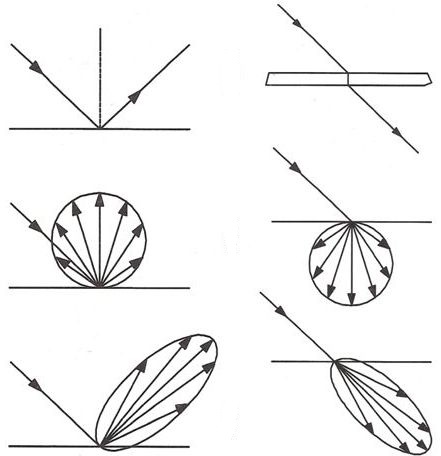
Totally diffuse reflection / refraction is reflection / refraction in which the reflecting / refracting surface has equal brightness in all directions, regardless of the direction of the incident light beam. The properties of a completely diffuse surface are possessed by surfaces covered with white paint, as well as by materials with an internal inhomogeneous structure in which there are many reflections and refractions inside the body (milk glass).
Diffuse reflection / refraction characterized by an increase in the solid angle of the reflected / refracted light flux compared to the incident solid angle. A parallel beam of light falling on a surface is scattered in space mainly around one direction.
Like the photometric curve of a light source, a reflecting or refracting surface element is related light intensity or brightness value… An example of diffuse reflection can be metallic matte surfaces and diffuse refraction can be obtained using matte glass or organic polymers (polymethyl methacrylate).
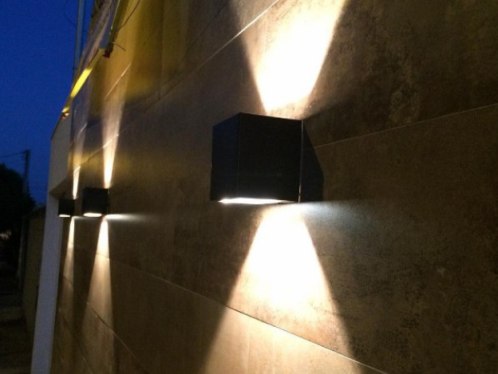
One of the characteristics of the axis-emitting surface is the brightness factor β determined for the same illuminance value as the ratio between the brightness in a given direction of a reflecting / transmitting surface and the brightness Ldif, which it would have in the case of complete diffuse reflection / transmission, identical to the surface, with a factor of reflection equal to unity:
β = L / Ldif =πL /E
The value of the coefficients ρ and τ for some materials:
Material Reflection coefficient ρ Transmission τ With diffuse light reflection Magnesium carbonate 0.92 — Magnesium oxide 0.91 — Chalk, gypsum 0.85 — Porcelain enamel (white) 0.8 — White paper (Whatman paper) 0.76 — White adhesive paint (whitewashed) 0.65 — Raw surface of ferrous metals 0.15 — Coal 0.08 — Nitro enamel white 0.7 — Diffuse light transmission Silent glass (thickness 2.3 mm) 0.5 0.35 Installed silent glass (2.3 mm) 0.30 0.55 Bio glass white (2-3 mm) 0.35 0.5 Opal glass (2.3 mm) 0.2 0.7 Luminous paper, yellowish with pattern 0 .35 0.4 With directional diffuse reflection of light Etched aluminum 0.62 — Semi-matt Alzak aluminum 0.72 — Aluminum paint over nitro lacquer 0.55 — Unpolished nickel 0.5 — Unpolished brass 0.45 — Indicated diffuse transmission of light Chemical frosted glass (2.3 mm) 0.08 0.8 Mechanical satin glass (2 mm) 0.14 0.7 Thin parchment (white) 0.4 0.4 Silk white 0.3 0, 45 Directed reflection (mirror) Fresh polished silver 0.92 — Silvered glass (mirror) 0.85 — Alzed aluminum (polished) 0.8 — Chrome polished 0.62 — Polished steel 0.5 — Polished brass 0.6 —Sheet metal 0.55 — Directional transmission of light Clear glass (2 mm) 0.08 0.89 Organic glass (2 mm) 0.10 0.85
Knowing the reflectivity is insufficient to describe the reflective properties of a material. Given that many materials have selective reflective properties that mainly reflect specific wavelengths of the spectrum of the incident light flux, according to which the reflective surface is perceived as having a certain color.
The reflective characteristics of each material are given in the form of reflectance curves (reflectance, in percent, depending on the wavelength) and the reflectance is indicated for a specific composition of the incident light flux.
